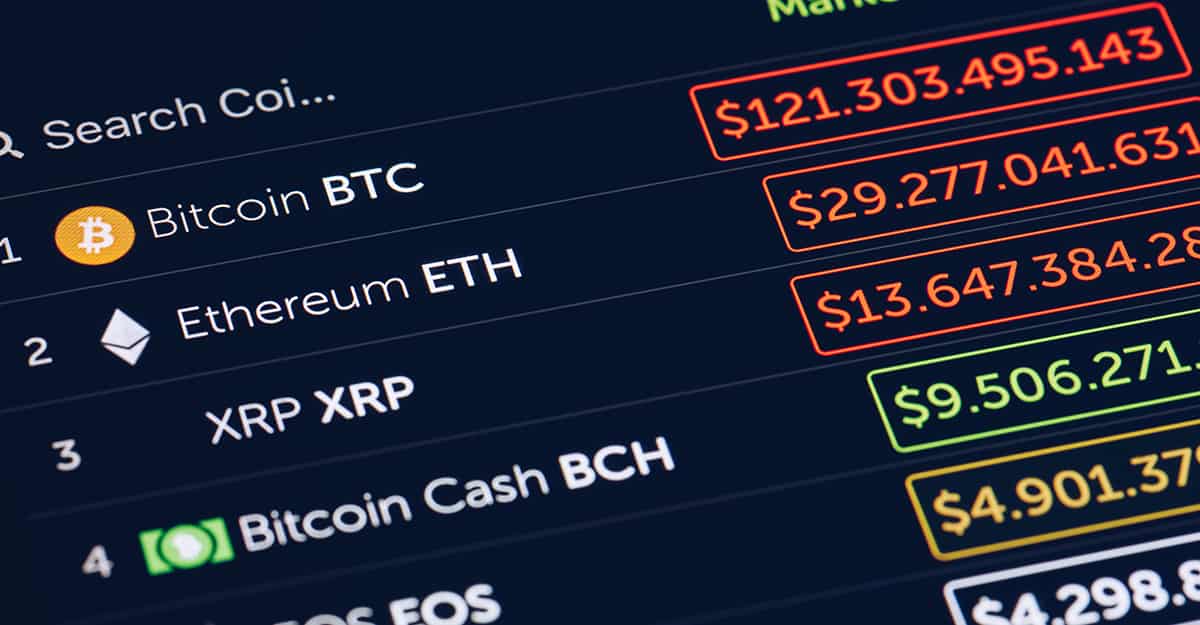The second installment of a Global Finance FAQ web series on cryptocurrencies.

How does one acquire cryptocurrency?
The easiest way to acquire cryptocurrencies is to purchase them from one of the many crypto exchanges, which can hold the asset for the investor like a brokerage. Investors also buy digital currencies in private transactions with other parties, similar to an over-the-counter trade. However, an investor would need an app to hold the newly acquired assets, which is commonly called a “digital wallet.”
Another way to acquire cryptocurrencies like Bitcoin is to mine for them. Bitcoin’s mining process introduces new Bitcoins into the Bitcoin ecosystem via ‘hashing’, which solves complex cryptographic calculations that are then used to validate and encrypt transactions before adding them onto the “blockchain” distributed ledger.
Once a miner has hashed 1 MB of bitcoin transactions, or a “block,” individually, he or she is eligible to earn a set amount of Bitcoins for their labor. Only the eligible miner who is first to correctly solves or comes closest to solving a numeric problem receives a payout in Bitcoin. Processing a block of transaction data provides a minimum chance of earning bitcoins. The more transactions miners process, the better chance they have of earning bitcoins.
Other popular cryptocurrencies like Ether, Dogecoin, Monero, and Litecoin adopted similar processes to validate and add transactions to their respective blockchains.
The process, typically called “proof-of-work,” is energy-intensive, which led one of Bitcoin’s most vocal proponents, Tesla CEO Elon Musk, to change his mind about accepting cryptocurrency as payment for Tesla’s electric cars. According to the University of Cambridge’s Bitcoin Electricity Consumption Index, Bitcoin is among the top 30 largest energy consumers in the world, ahead of countries like Argentina.
But not all cryptocurrencies are mined. Other cryptocurrencies rely on “proof-of-stake” model where those who have held the most of that cryptocurrency for the longest have the responsibility of validating transactions and adding them to the blockchain. The theory behind the model is that those investors have the most skin in the game and want the process to operate as smoothly as possible. The Ethereum Foundation, the non-profit organization that supports the cryptocurrency, announced that it would move from the proof-of-work to the proof-of-stake model to save energy and allow for faster throughput.
Transaction processing is a weak point with many of the established cryptocurrencies. For example, the Bitcoin blockchain processes approximately seven per second, leading many to make “off-chain” transactions where the parties execute transactions, but the seller does not send their transactions to the blockchain until the end of the day, week, month, or self-defined period. On the other hand, Ether processes 20 transactions per second, while Ripple’s XRP can process 1,500 transactions per second. For context, Visa’s payment network typically processes 1,700 transactions per second.
A third transaction-validation method is “proof-of-capacity,” which is designed to be more energy-efficient. The model uses the extra hard drive space of the servers hosting blockchain databases to validate transactions.
Why do some cryptocurrencies have a limited supply?
Some cryptocurrencies like Bitcoin are the electronic equivalent of hard currency that is backed by a finite resource. Instead of being backed by a commodity like gold, silver, or other precious resources, Bitcoin’s limited resource is itself. There will never be more than 21 million bitcoins in circulation once they all have been mined, which is estimated to be sometime in 2140.
Why cap Bitcoin at 21 million coins specifically?
No one but its mysterious inventor Satoshi Nakamoto, which is a pseudonym, knows for sure.
One popular theory is that Nakamoto based the number on how many blocks miners could process every 10 minutes and rewarded them with 50 bitcoins per block beginning in 2009, but halving the reward every four years until the last bitcoin is mined sometime in 2140.
Another theory is that Nakamoto wanted Bitcoin’s volume to align with fiat currencies like the US dollar’s M1 money supply. Bitcoin’s lowest increment is the Satoshi, one one-hundred millionth of a Bitcoin.
What are forks, and why do they happen?
Depending on the cryptocurrency, formal or informal organizations support cryptocurrencies and determine how to address security, validation, and throughput issues affecting their respective cryptocurrencies. Sometimes they cannot reach a consensus and split, or fork, the cryptocurrency by one group implement a change.
A fork can be either ‘soft’ or ‘hard,’ depending on whether the user base and developer community can address issues that concern the cryptocurrency. A soft fork usually is ‘backwards compatible,’ which enables the majority of the blockchain nodes to recognize transactions processed using the new protocol.
On the other hand, a hard fork isn’t backward compatible and results in the original cryptocurrency and a new version of the cryptocurrency. This is often how new cryptocurrencies emerge. For example, Bitcoin Cash is a hard fork of Bitcoin and can process approximately 116 transactions per second compared to Bitcoin’s seven transactions per second.
Hard forks can introduce investor uncertainty while investors decide which version of the fork gains the best traction in the market. However, it does not need to be an either-or choice for investors that held the pre-forked cryptocurrencies. They typically end up with an equivalent amount of the post-forked cryptocurrency.



